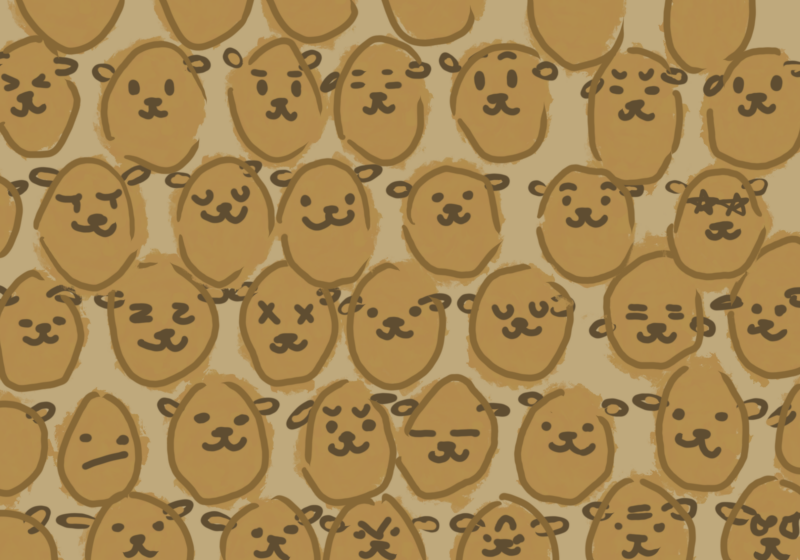You’ve probably heard of the Uncanny Valley effect. You may have seen it personally in animated films such as “The Polar Express” or “Mars Needs Moms,” which repulsed viewers around the world with unnatural marionettes posing as human beings. You may have found examples in an embarrassingly huge range of videogames, where a generation of characters from Mario to Commander Shepard present twisted imitations of smiles in horrifying high definition. Or perhaps you even saw it in person in one of the “android replicas” promoted at robotics presentations – causing a mix of curiosity and disgust in convention goers.
If you haven’t heard the term, you might be able to guess it from the above descriptions. The Uncanny Valley refers to a point where a depiction of a human just isn’t human enough, and becomes deeply disturbing to look at.
Humans tend to react well to faces, and we do equally as well to stylized emoticon representations as we do to the real people around us. Our reactions result in what is normally a smooth curve of positive recognition from simple to photorealistic. But the uncanny valley refers to a dive in that curve, the valley between our positive reaction to a photograph and our benign one to an animated Disney character.
It’s been described as the point where our brains represent an image not as an artificial representation, but as a real human with something gone horribly, horribly wrong. When this suspension of disbelief is broken, characters that would have looked appealing in lower definitions take on a corpselike appearance, with dead eyes and rubbery mouths that result in comparisons to zombies or fleshy puppets.
Obviously, this is problematic when such representations are the basis of your commercial enterprise. Animated films criticized for embodying the Uncanny Valley effect have been panned by critics and filmgoers alike, pulling in many of the records for all-time worst box office bombs. And while video games can hide their horrors behind gunplay and over-the-shoulder action, they’re not immune to criticism either, repelling subscribers and causing review scores to plummet.
Fearing the disproportionate response to what may be tiny flaws in animation, many developers have chosen to avoid the problem altogether, opting for the chiseled caricatures used in Pixar movies or online multiplayer titles. For them, dipping just below the Uncanny Valley is better than attempting to rocket beyond it.
But with recent increases in processing power and motion capture technology, many are calling concerns over the Uncanny Valley a thing of the past. The LED-based capture technologies used for movies like “The Lord of the Rings” or “Avatar” slip their CGI past audiences with ease, and while most of us can still tell when a character isn’t simply costumed, the lines are becoming increasingly blurred.
While the issue is slightly more complicated for gaming, where not every scenario can be referenced against MoCap, the engineers behind the industry’s AAA titles are also beginning to claim victory. Videos from Activision and Unreal display unerringly realistic emotion. Avatars rattle off jokes or wince at their own puns with an approachable familiarity.
As hurdles are crossed, games have been able to approach a wider range of genres, forgoing shooting for storytelling as their “actors” become increasingly real. Companies such as Industrial Light and Magic have even stated they expect their representations to be “indistinguishable from reality” in under a decade.
While these triumphs may seem small, it’s important to recognize they have applications beyond just entertainment. The use of relatable human faces is very powerful, with proven effects on emotions and reactions, and their increasing realism could indicate changes in how we interact with computers.
Virtual reality, artificial intelligence, and even therapeutic and research applications will all undoubtedly change as the field expands. And while it’s impossible to say where they’ll turn up exactly, let’s hope they show restraint for the sake of our sanity – I’m not sure how I’d react to a Siri that glares back.
Copeland is a member of the class of 2015.





